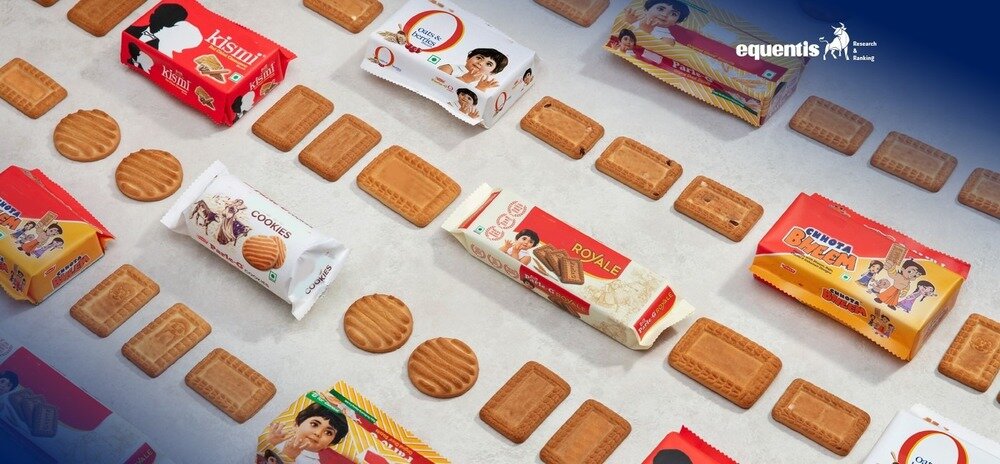Remember the biscuit you must have with your tea every morning? It’s not just a snack but a time machine that transports you to simpler times with every bite. When you tear open the yellow and red striped packet, a wave of nostalgia washes over you, bringing back memories of carefree afternoons and after-school treats. This desi videshi favorite’s history is as rich as its taste.
So, sip your cup of tea and dive into this interesting story of this pre-independence biscuit that has become a beloved part of nations globally today! Want to know? Keep reading
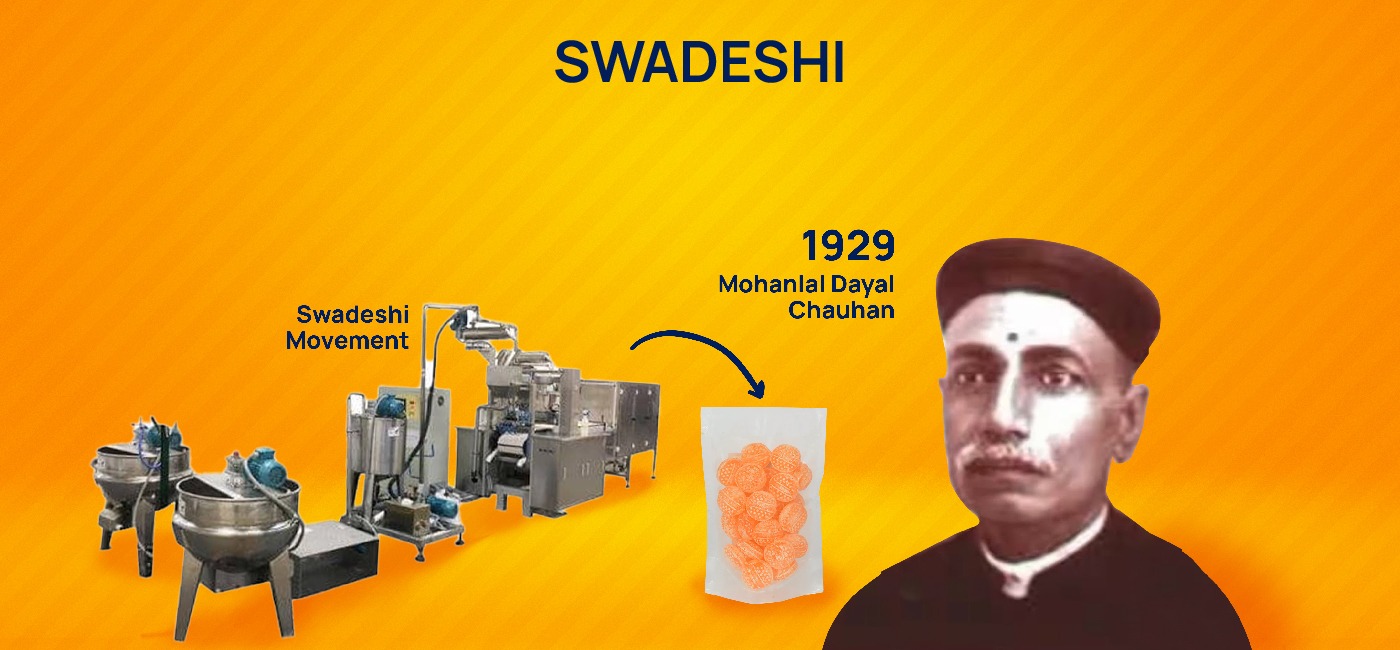
The Sweet Taste of Patriotism
The year was 1929, and the Swadeshi movement advocating for Indian goods gripped a silk trader from Mumbai, Mohanlal Dayal Chauhan, who ventured into confectionery.
Inspired by his travels to Germany, skills, and machinery worth Rs 60,000, he set up a small factory between the villages of Irla and Parla, employing just 12 men. The family donned multiple hats of engineers, managers, and confectionery makers.
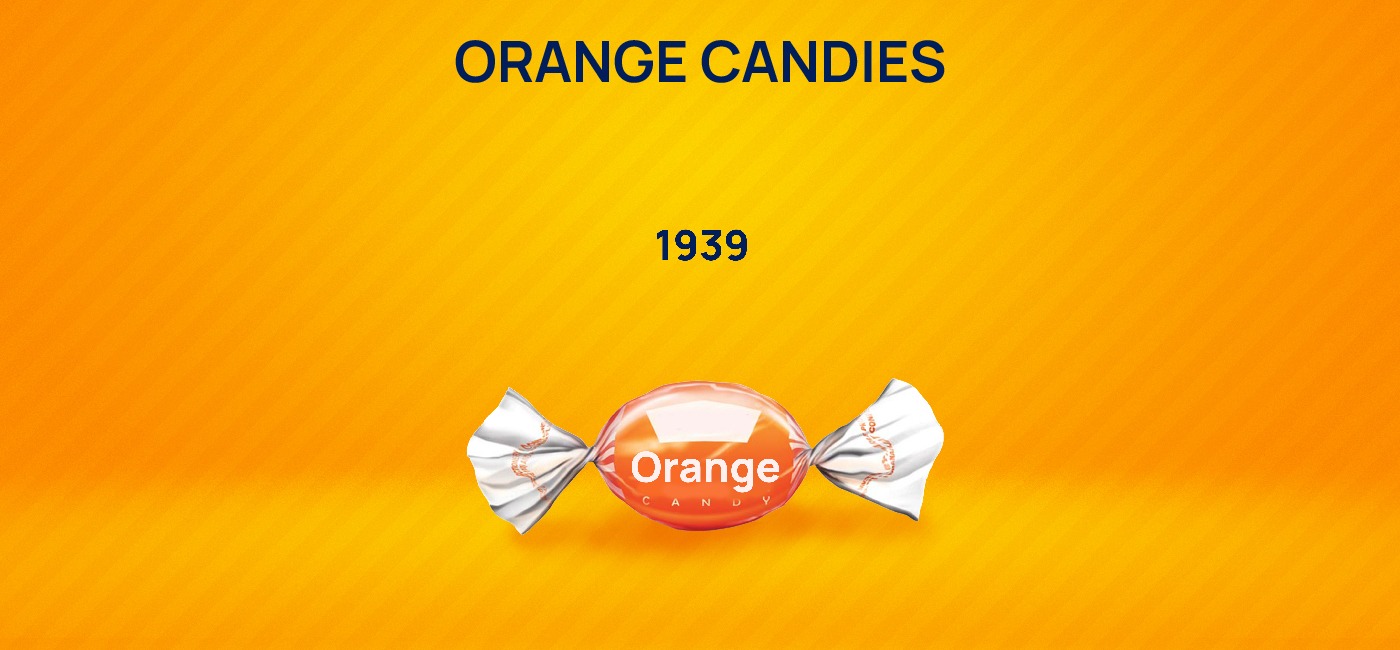
From Candies to Classics
The company entered the market with orange candies. But in 1939, it embarked on a journey defining its legacy—biscuit making. At that time, biscuits were a luxury, imported and enjoyed by the elite. The brand, however, had eyes on a different reality.
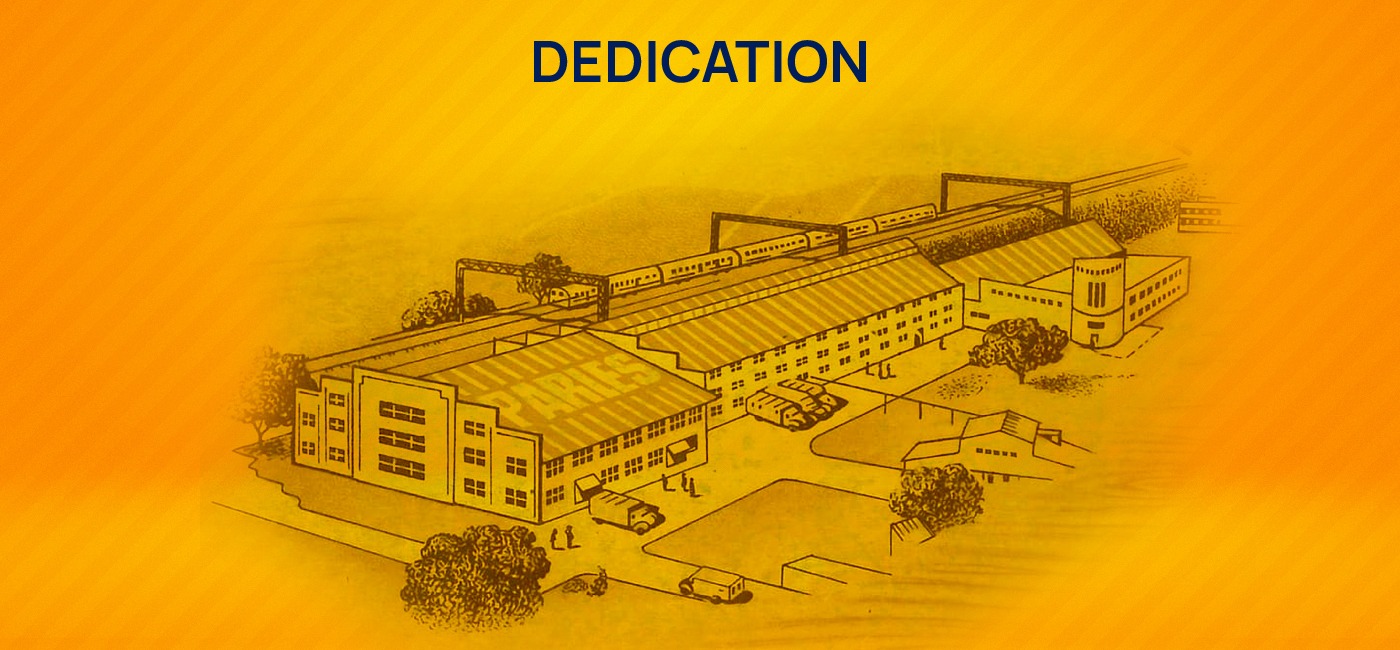
But They Forgot to Name It!
Believe it or not, the company was so dedicated to the venture that a basic but super-important detail slipped its mind! The name. So, it simply named itself after the company’s birthplace—Parle.
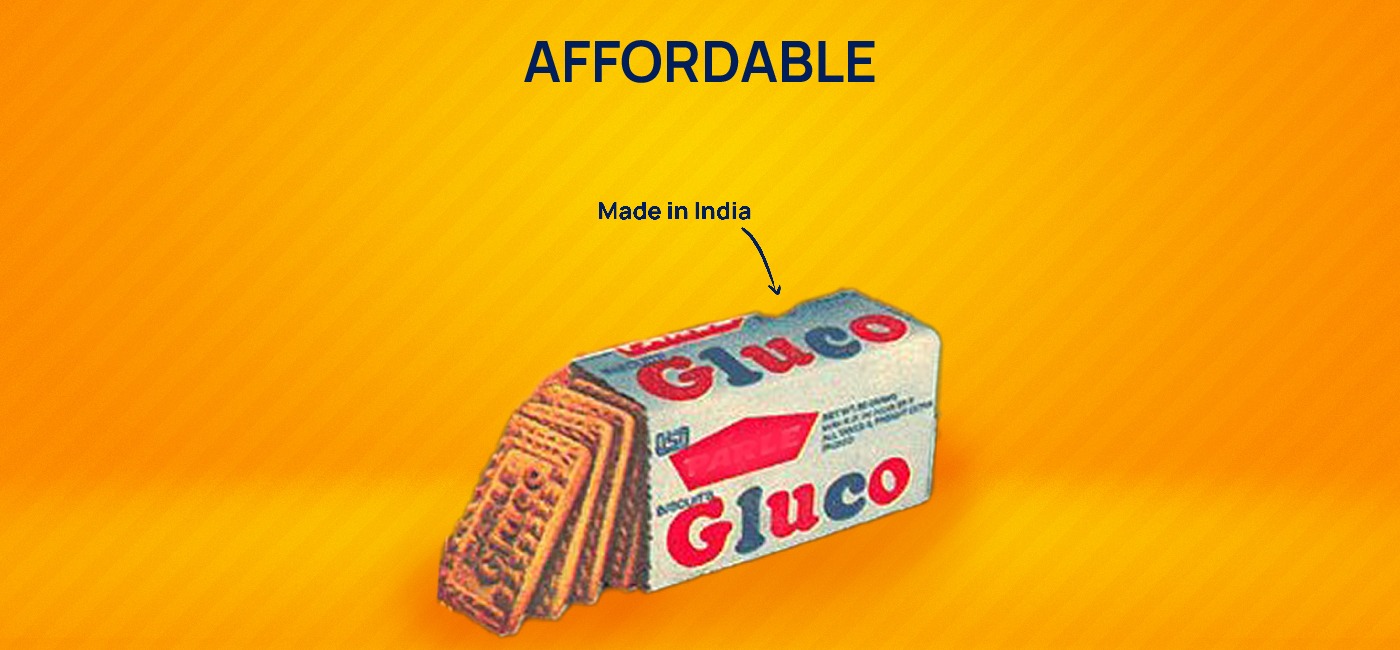
Making Biscuits Accessible
Parle Products wanted to create an affordable, nutritious biscuit accessible to the masses. Enter Parle Gluco. And India had its biscuit. Made in India, for India.
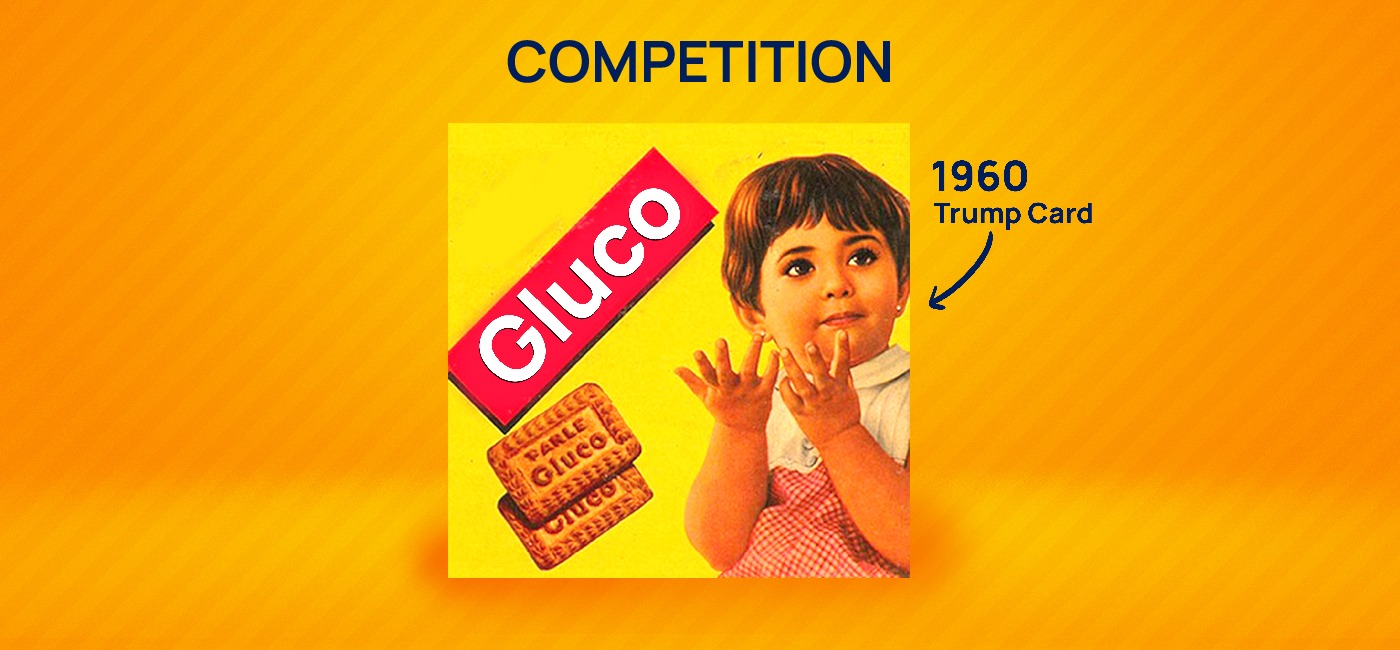
The Challenge of Standing Out
In the 1960s, Parle Gluco had many competitors. Britannia launched its range of biscuits, and as customers simply asked for “glucose biscuits,” the lines between the two brands blurred.
Then Parle played a trump card—the iconic yellowish wax-paper wrapper featuring a charming little girl. This added to the visual appeal but didn’t solve the problem of brand differentiation.
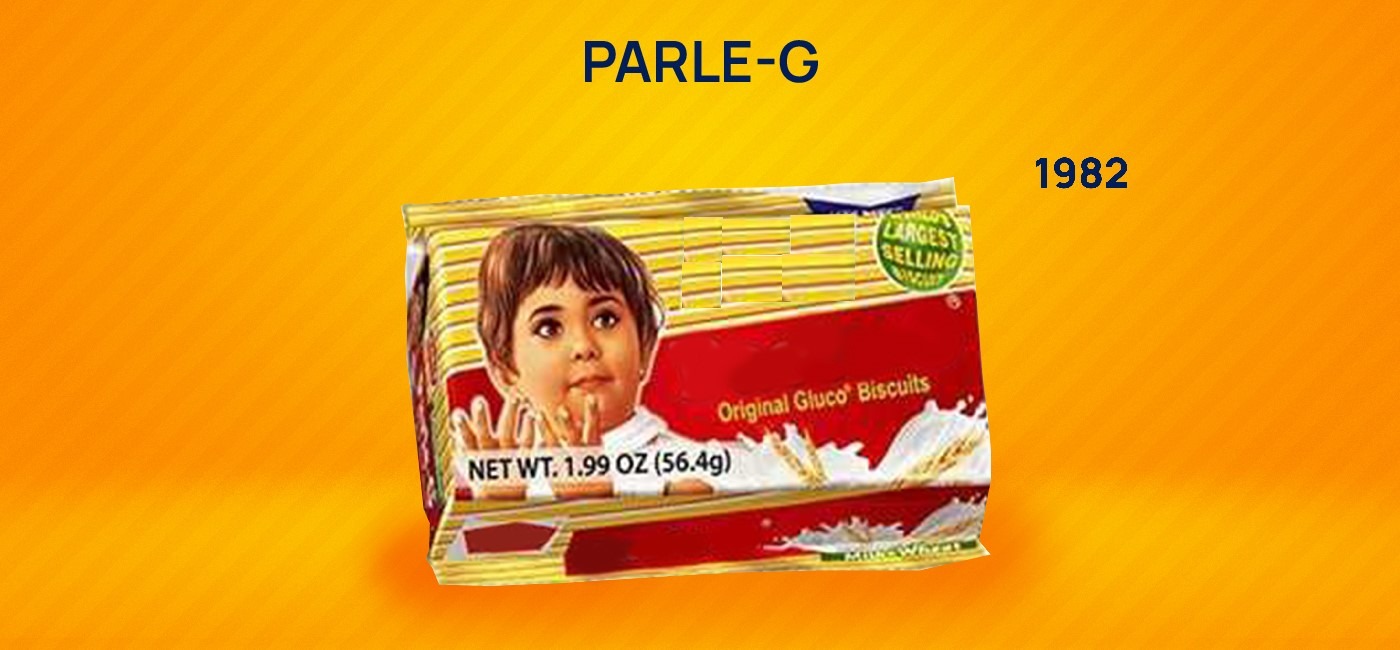
A Rebranding Masterstroke
In 1982, Parle Gluco emerged as Parle-G, with the ‘G’ still standing for its core ingredient—glucose. The packaging material shifted to a low-cost printed plastic.
This rebranding and a commitment to quality and affordability made Parle-G an instant hit with the public.
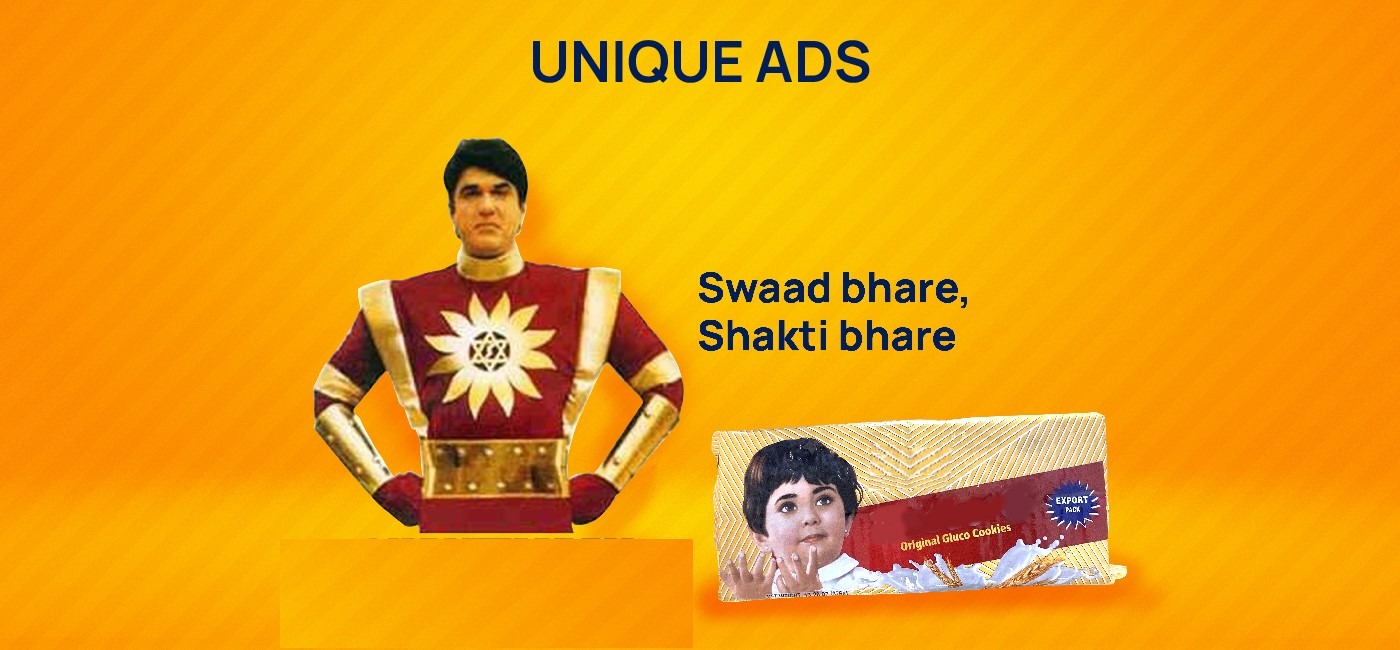
Parle-G’s Winning Marketing Strategies
Besides its yummy taste and affordability, Parle-G has wowed users with its clever ad campaigns. From a family enjoying their ‘Swaad bhare, Shakti bhare’ moment together to the iconic pairing with the desi superhero Shaktimaan, Parle-G ads always hit home
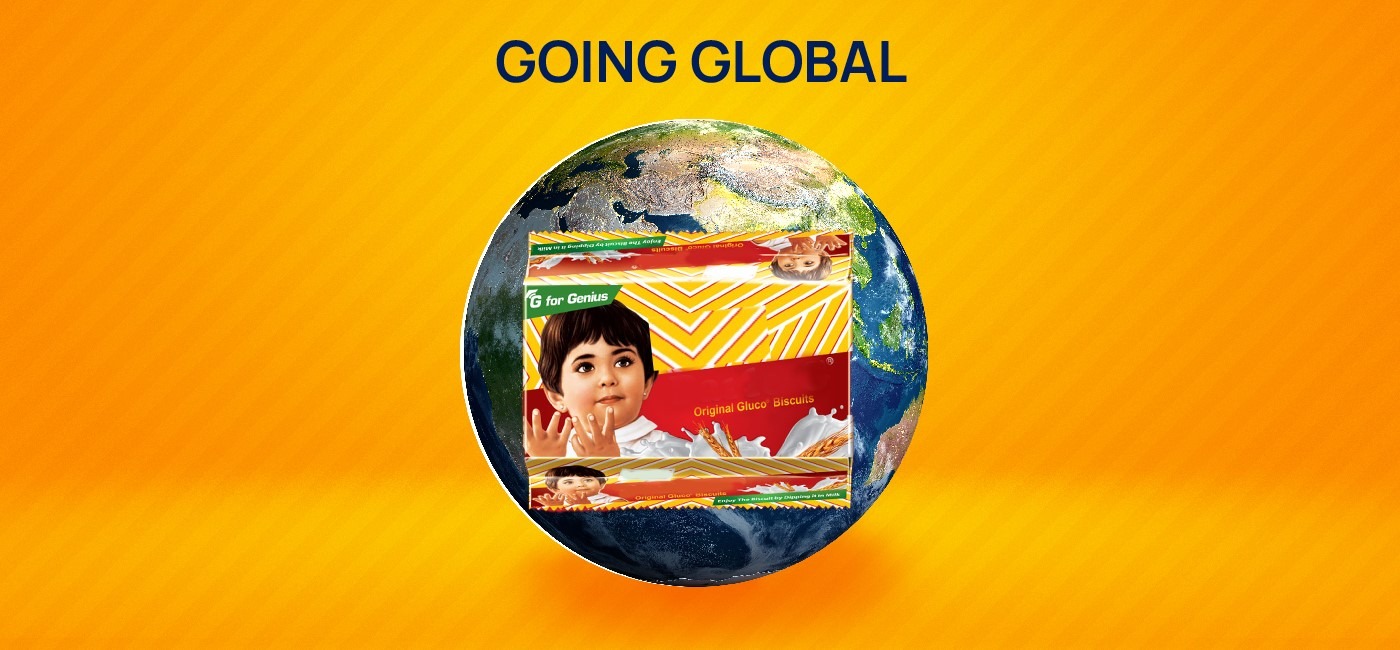
Creating A Global Phenomenon
Throughout the 2010s, Parle-G has been the numero uno. From surpassing Oreo, Mexico’s Gamesa, and even Walmart’s house brands in 2011 to making China fall in love with it, the brand has factories in six countries—including the US, the UK, and Australia.
In the 2010s, the ‘G Maane Genius’ tagline refreshed the brand’s messaging, boasting of the biscuit’s nutritional value.
2013, Parle-G became the first Indian FMCG (Fast Moving Consumer Goods) brand to surpass the Rs 5,000 crore mark in retail sales.
It became the ‘Unsung Hero of Biscuits’ in 2018 with a new ad campaign that reminded us to celebrate relationships that are just as precious but overlooked by us.
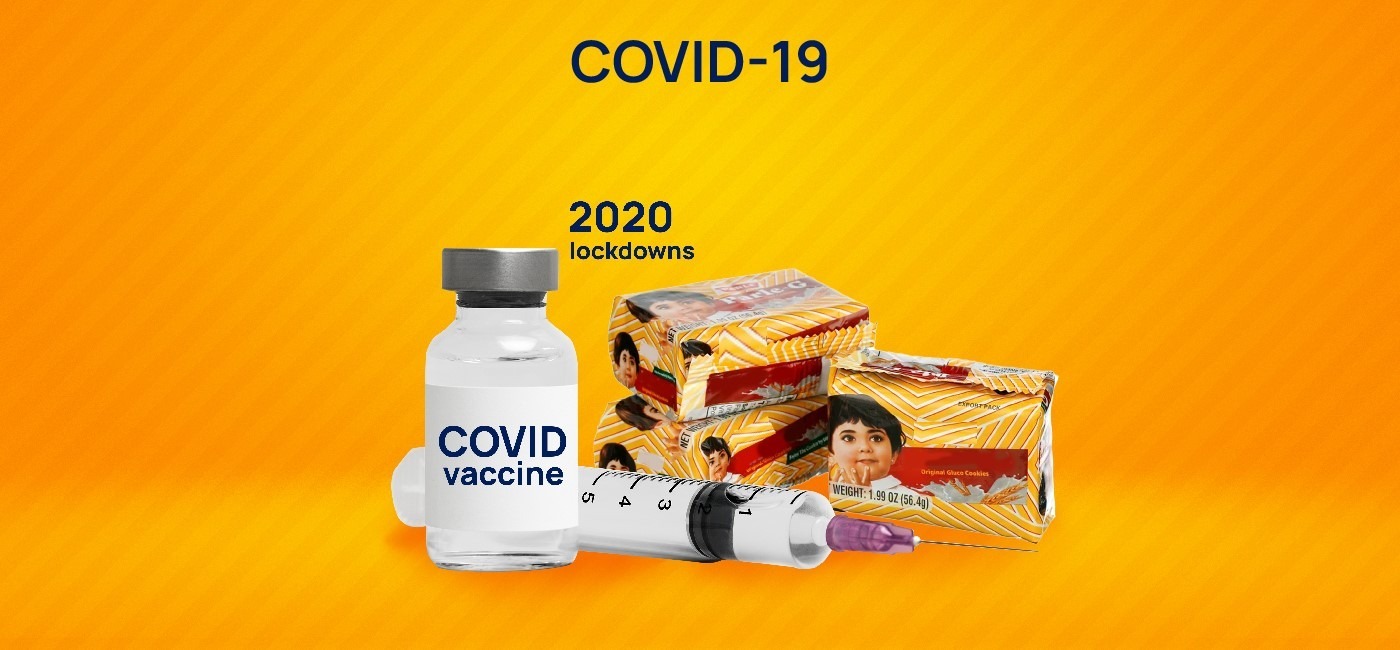
G for Goodwill
Parle-G ruled our hearts throughout the 2010s but showed its superpowers during the crazy lockdowns in 2020. It gained a market share of 5% in the biscuit segment because people chose to stock Parle-G in their kitchens and pantries during the pandemic.
But the brand didn’t prioritize profits, donating 3 crore packets of biscuits to those in need!
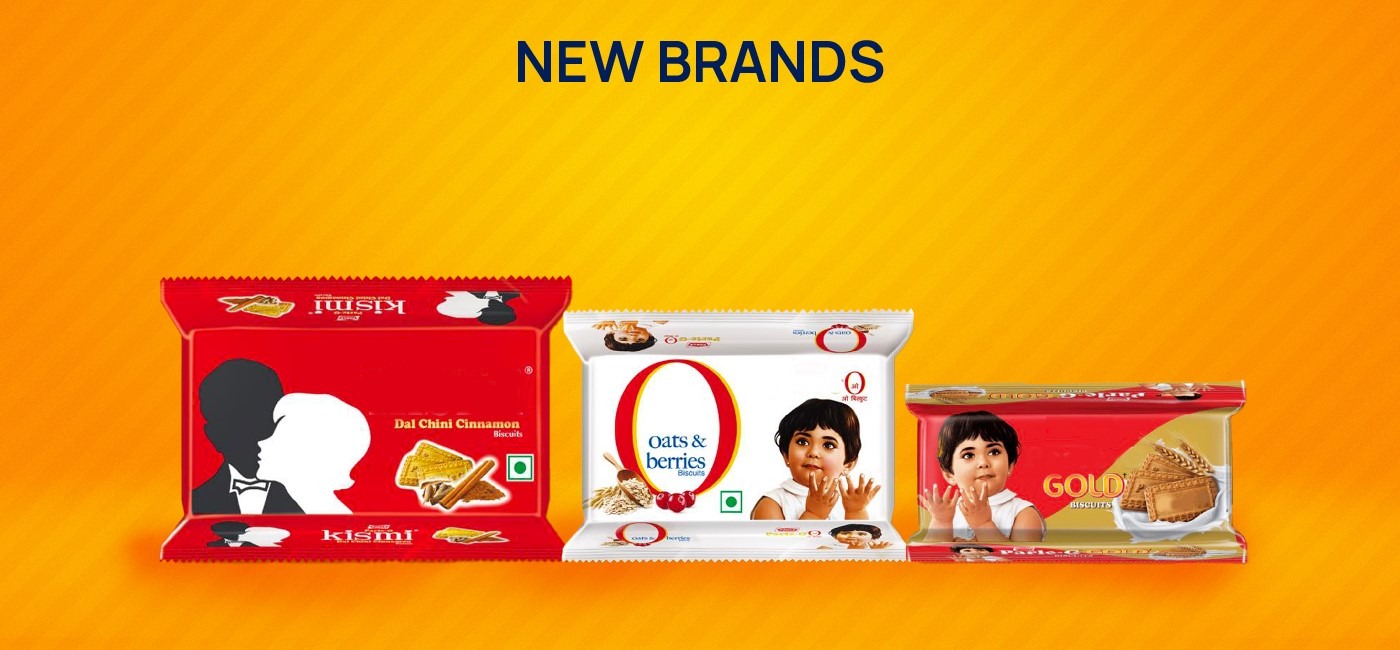
Still Affordable and Delightful
Most products’ prices hit the roof, and brands blame inflation, not Parle. Its last price adjustment occurred in May 2022.
New offerings, like Hide & Seek, Fills breakfast cereal, Parle-G Kismi Cinnamon Biscuits, Parle-G Oats & Berries Biscuits, cookies, and Parle-G Chakki Atta, keep the brand relevant.
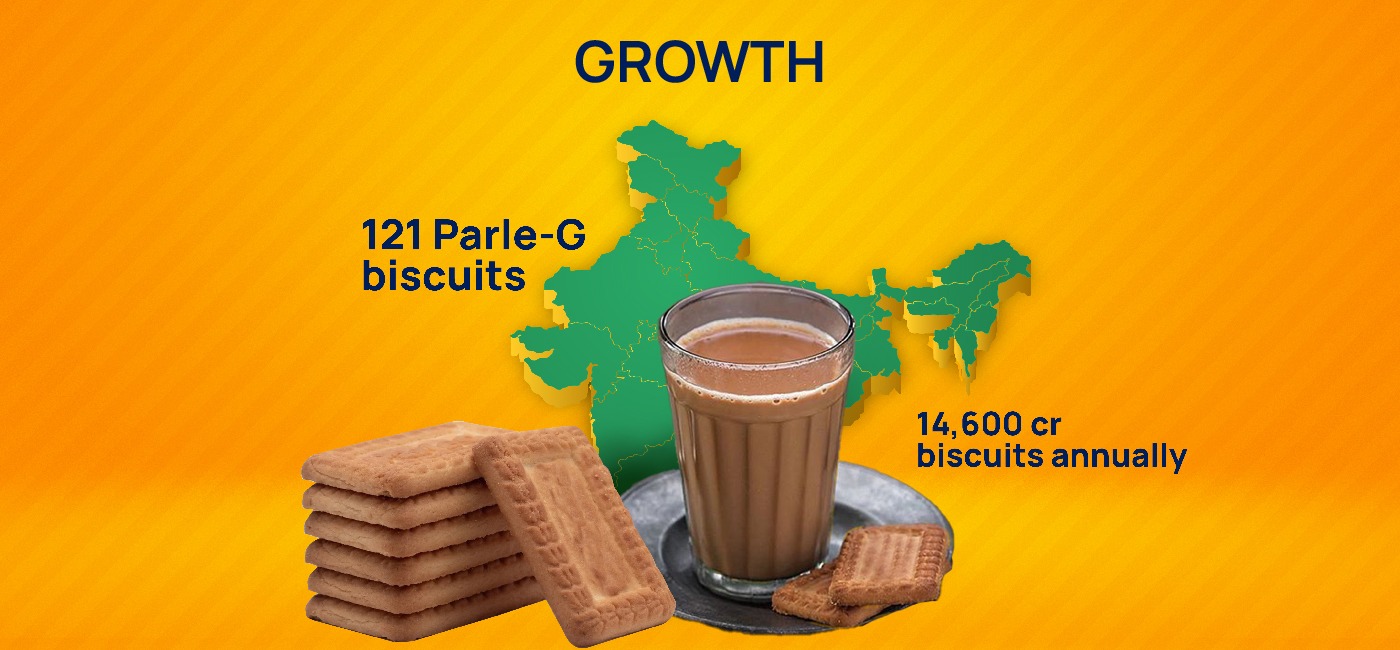
Parle G is Still the OG!
It’s been 85 years since chai first met Parle G, and its popularity has remained unchanged. The company sells over a billion packets monthly, meaning 100 million individual biscuits and 14,600 crore biscuits annually!
That’s enough for every person in India (about 1.21 billion) to enjoy an average of 121 Parle-G biscuits. So, grab a pack, dip it in your chai, and ensure it doesn’t sink to the bottom!
How useful was this post?
Click on a star to rate it!
Average rating 4.6 / 5. Vote count: 23
No votes so far! Be the first to rate this post.
I’m Archana R. Chettiar, an experienced content creator with
an affinity for writing on personal finance and other financial content. I
love to write on equity investing, retirement, managing money, and more.
